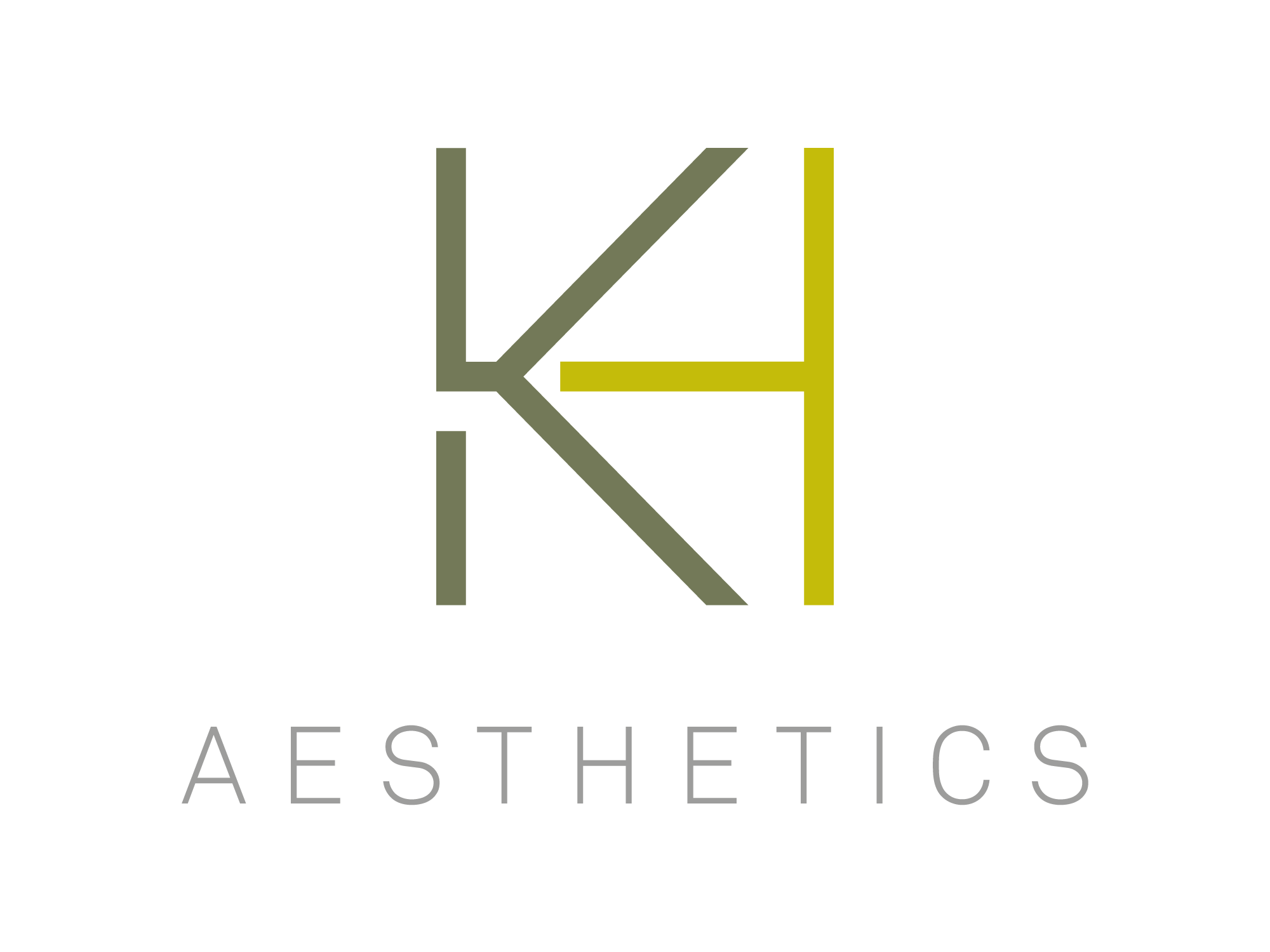The menopause affects women in a variety of different ways and is described by the medical profession as 12 months of no menstruation cycle. In the lead up to that time many women may start to experience symptoms of the menopause; this transitional stage known as perimenopause may begin 2-10 years before the menopause. The menopause usually occurs, between the ages 45-55 with the average age being 51, for some women however, this process may start as early as 30 and is known as premature menopause.
The menopause is an individual process and symptoms vary from person to person, for some it may be a challenging time, whilst for others the menopause may have very little impact on their daily activities. In the UK approximately 70% of women, will experience what is medically referred to as vasomotor symptoms, which includes headaches, palpitations, night sweats and hot flushes. Oestrogen (a hormone produced by the ovaries) plays a major role in the symptom’s women experience throughout the menopausal period as oestrogen levels begin to decline. Testosterone levels however, increase, and the physical effects of this are usually unwanted, such as facial hair.
Although described as a physical event, for some women the menopause can have a great impact on their emotional and psychological wellbeing. Symptoms may include irritability, forgetfulness, panic attacks, low mood, loss of confidence and difficulty in concentration; current evidence for the scale of this impact is still unclear. Recent research concentrating more intently on the menopause and mental wellbeing indicates that hormonal imbalances during the menopausal period have a direct link with anxiety, depression and increased stress levels, all of which can have a major impact on skin functioning.
Menopausal Changes to Skin
Our skin reflects our lifestyles and our internal health. By the time we reach 25 years the skin aging process has already begun with visible characteristics being seen at 35 years. This process accelerates by approximately 6% during the menopause. Postmenopausal skin is influenced by three factors: oestrogen deficiency, chronological age and photoaging (sun damage). Healthy skin relies on a continuous regeneration of fibroblasts, which in turn produce collagen and elastin, playing an important role in the strength and bounce within skin; along with a good supply of oxygen and nutrients provided by capillary blood. The menopause considerably affects the skin, there are many oestrogen receptors located on many of the cells within the skin and as the levels of oestrogen slowly reduce, cellular function decreases. This in turn reduces collagen synthesis and water content. Collagen and elastin production dramatically declines during the menopause by approximately one-third within the first five years. Cell turnover also slows from an average of 28-30 days in younger adults to 45-50 days in older adults. Skin pH also changes at around 50 years; skin is increasingly more sensitive with pre-existing conditions such as rosacea and eczema becoming exacerbated. Within the skin there are many structures and layers: the epidermis, the most outer layer of skin, provides protection from environmental factors. Within the epidermis there are five layers.
- The Stratum Basal (basal cell layer) where new cell formation begins, contains melanocytes, which produce melanin (pigmentation).
- Cells that have matured through the basal cell layer then enter the Stratum Spinosum (squamous cell layer), becoming keratinocytes, which in turn produce keratin (protein).
- The next 2 layers are thin layers, keratinocytes move up through the layers becoming thinner and flatter in appearance before holding less water and eventually dying off. These layers are known as the Stratum Granulosum and Stratum Lucidum.
The very top layer of skin is the Stratum Corneum made up entirely of dead keratinocytes and lipids. This compact layer is our barrier against external factors, such as, UV damage and bacteria. It also plays a vital role in preventing moisture loss and keeping the skin hydrated.

Under the epidermis lies the dermis containing blood vessels, sebaceous glands, collagen and elastin. Blood vessels within the dermis provide oxygen and nutrients to the epidermis and lymph vessels assist with the skin’s immune defence. Sweat glands regulate temperature by bringing water to the surface of the skin, which is then evaporated, and sebaceous glands secrete oil providing a waterproof function. Below the dermis is the hypodermis, also known as the subcutis or subcutaneous layer, which lies above bone containing stored fat and collagen. The extra cellular matrix within all tissues of the skin is made up of collagen and hydrophilic (water attracting) glycosaminoglycans, one of which is hyaluronic acid (HA). Oestrogen directly influences the synthesis of hyaluronic acid.
Appearance of Menopausal Skin
As we age the skeletal bone becomes weaker due to a decline in oestrogen, and volume loss occurs due to bone reabsorption. Changes are then seen in the overlying tissues, fat pads and skin, with the redistribution of fat creating deep folds. A loss of bone structure also impacts on the lips, which become thinner and wider. There is a reduction in the amount of blood supplied to the dermis, resulting in a decrease in cellular function. The amount of oxygen and nutrients delivered to the skin, therefore, is also reduced resulting in a paler and more fragile complexion.
Oestrogen hormones have been linked to dermal fibroblast production, which in turn influences the creation of collagen and elastin. Due to this reduction in oestrogen there is a loss of volume, hydration and elasticity. The incidence of fine lines, wrinkles and loss of laxity increases resulting in a loss of suppleness. The main function of oestrogen in the skin is to retain its metabolic action, which is responsible for leaving skin feeling soft, hydrated and supple. Water-binding properties within the epidermis are impaired and dry, dull looking skin is seen due to a decrease in water content and light reflectivity. As testosterone levels increase and oestrogen levels decrease, pore and sebaceous gland size increases along with sebum levels. Due to reduced amount of water in the skin the oil content may increase the incidence of late onset of acne.
Another factor affecting the skin’s ability to function well is from damage caused by environmental factors. Women now reaching the menopausal age are from a generation where damage from UV exposure was not clearly understood like it is today. In children, adolescents and young adults sun protection was usually not worn unless going to a hot climate. Instead the use of oils and low SPF’s were widely used. For many years now we have been aware of the damage ultraviolet B (UVB) exposure can cause and to prevent burning a high SPF is now used. However, it is only recently the photoaging damage produced in the dermal layer of skin by ultraviolet A (UVA) has become widely known.
Oestrogen has anti-inflammatory and protective properties against photoaging.
The Difference Between UVA & UVB
UVA penetrates the deep dermal layer creating lasting DNA damage and premature ageing. UVA makes up 95% of the total UV rays. Dermal penetration affects blood and connective tissues, and skin shows signs of wrinkles due to a loss of elasticity. Melanin (pigmentation) within the cells of the epidermis are activated and there is an increase in oxidative stress. DNA damage caused by UVA increases the risk of melanomas (skin cancer) due to the protective function of skin becoming compromised. To protect from UVA damage, it is recommended a star rating of at least 4 is used.
UVB rays penetrate the upper layer of the epidermis where melanin production is stimulated, and a suntan is produced. Cells within the epidermis reproduce faster and a thicker skin is created; both these reactions are a defensive mechanism to protect the skin and underlying tissues. Pigmentation areas and age spots occur on previously exposed areas to UV light, such as, face, chest, hands, arms and hands. To protect from UVB damage it is recommended an SPF of at least 30 is used. This translates to 30 times the UVB protection compared to no sunscreen being applied. It is important to remember that as well as direct sun rays, we can incur damage and sunburn from reflective surfaces such as snow, water and sand, and that UVA & UVB damage to skin cells can continue long after you have come out of the sun – approximately 3-4 hr.
Treatment Options
There are many treatment options, below are some examples of the types of treatments available. If you are interested in any of the treatments mentioned, please ensure that you research them further to ensure that they are the right treatment for you.
Skin health relies on good nutrition and a rich oxygen supply to cells; therefore, it is recommended that topical nutrition and internal nutrition are used in combination. As mentioned earlier, it is important to protect your skin from damaging environmental factors, therefore, it is advised that protection from UV is integrated into your daily skin care regime. Hydration is also very important to the skin cell’s function, along with increasing your water intake, facial sprays containing botanical properties can balance out water/sebum levels and replace lost minerals and vitamins. Whichever skin care products you use it is advised that the following products are also included:
- Vitamin A is a retinol with many benefits for skin including the prevention of collagen reduction due to UV exposure and the control of melanin production. Vitamin A also assists with the skins immune response and ensures the extra cellular matrix health remains balanced. Along with the internal benefits, retinols are often used for exfoliation.
- Vitamin B3 & B5 combinations are used to encourage cell regeneration. They are involved in many of the cell’s daily functions. They have anti-inflammatory properties and help to control sebum levels.
- Vitamin C, (ascorbic acid) one of the more well-known vitamins in relation to skin health. Unfortunately, Vitamin C is a very unstable product. This means that to ensure that the product remains in a stable form there are specific preparations to ensure viability. It is advised to check with your practitioner on how the vitamin is extracted. Vitamin C prevents environmental damage to skin as it is a powerful antioxidant, therefore, preventing oxidative damage. It increases collagen and elastin synthesis and has the ability to inhibit tyrosinase, an enzyme involved in the production of melanin.
- Vitamin E is a fat-soluble antioxidant also known as a free radical scavenger with anti-inflammatory properties. It is absorbed by the skin through sebum, produced by the sebaceous glands with higher levels found in the epidermis rather than the dermis. Vitamin E is unstable in the skin; therefore, a topical application of Vitamin E is mostly lost with UV exposure. This is because Vitamin E has the ability to absorb UV light energy, which equals photoprotection. When combined with a topical application of Vitamin C there is an increase in photoprotection. Oral supplements of Vitamin E may be taken, with effects usually seen around seven days later.
Of the vitamins already mentioned, vitamins A, B and C are known as water soluble vitamins therefore, they are not stored in the body and need to be replenished daily. Another vital ingredient, which the body is unable to synthesise is essential fatty acids (EFA’s) which are required for all membranes in the body. They regulate cell function and waterproof the skin. Beta glucan is also an important ingredient as it assists with immune response and overall health of the Langerhans cells within the skin and stimulates fibroblast cells. Once the health of your skin is more balanced there are treatments to revitalise your skin. Exfoliation is a great tool for changing how your skin looks from the outside. There are many options for you to choose from, however, they can be split into two categories: manual or chemical exfoliation. Manual exfoliation can be achieved with either treatments such as enzyme therapy or with machines, such as microdermabrasion. Both create epidermal exfoliation. Chemical exfoliation can appear daunting, however, with an experienced practitioner they can be very safe options. Examples are the use of acids and alkalines. Hydroxy acids (fruit acids), glycolic, lactic, malic, critic, are some of the acids used within skin care and treatments. They can be used as either stand alone or in combination and have many beneficial properties such as, hydration, sebum and pigmentation control and anti-inflammatory properties. With all exfoliation, it is recommended to be used in moderation to prevent UV damage.
People often assume that ageing signs on the skin are only due to sagging skin and wrinkles, however, blemishes on the skin, such as pigmentation blotches and redness are associated with ageing. Telangiectasia (thread veins) are most effectively treated with thermo-coagulation, lasers and intense pulsed light (IPL). Hyper-pigmentation is an increase in melanin production. The gold standard is to protect your skin from damaging UV rays. Following that, if there are areas of concern, then topical treatments such as skin peels or alkaline wash treatments along with home care products, cryotherapy, lasers and IPL may be effective. The cause of the pigmentation must be assessed by your practitioner and falls into the following categories:
- Genetics
- Post inflammatory pigmentation (usually occurs following injury or inflammation)
- Solar lentigines (age spots)
- Melasma (pigmentation associated with hormonal changes and UV exposure)
Regeneration Treatments include;
(This is a brief overview of the treatments available, please research
these further to ensure they are the right treatments for you)
- Microneedling – to stimulate the dermis to produce collagen
- Mesotherapy – a treatment which includes small intradermal injections allowing the infusion of vitamins, pharmaceuticals and hyaluronic acid
- Radiofrequency – is another treatment option that works by heating the tissues and activating cell metabolism, producing rejuvenation, improving skin laxity, and treating fine lines and wrinkles
- High intensity-focused ultrasound – is a treatment to improve skin laxity. It works by regenerating the skin through stimulating collagen production and improving circulation, creating a skin tightening effect
- Skin boosters – injectables of hyaluronic acid which hydrate and improve skin quality
- Bio remodelling injectables – such as Profhilo to treat skin laxity, creating a tightening/lifting effect and significant tissue improvement
- Non-surgical threads – can create lift and restore volume to mid face by stimulating collagen production. They are resorbable and typically made from polylactic acid (PLA) or polydioxanone (PDO). Threads can also be used to lift forehead, jowls and the neck
- Collagen stimulators – are injectables which are administered to the deep layers of the skin. They are used to create lift, treat facial wrinkles and folds and to enhance facial contours. Examples are Sculptra, a biocompatible and biodegradable injectable material known as poly-L-Lactic acid (PLA). Ellansé, a carboxymethyl cellulose (CMC) and microspheres polycaprolactone (PCL) and Radiesse, a calcium hydroxylapatite
- Dermal fillers – are used for a variety of reasons and are usually made from hyaluronic acid. They can be used for restoring volume, providing structural support and enhancing facial contours with high water binding properties of hyaluronic acid assisting with hydration. Dermal fillers are also used to treat lips and soften folds and wrinkles
- Muscle-relaxant injectables – are used to treat moderate to severe lines associated with muscle activity. These are known as dynamic lines produced by dynamic movements. Typical areas to be treated are the glabellar complex (frown lines), lateral canthal lines (crow’s feet) and forehead lines. Results are seen as a softening effect. This treatment uses a prescription only medication (POM), therefore, a detailed consultation with your practitioner and/or prescriber will assess suitability
Treating the effects of the menopause are many and varied, however, replacing the hormone deficiency with either traditional oestrogen replacement therapy such as HRT or bioidentical hormone therapy may assist in relieving some of the symptoms. This document is intended for information on the effects of the menopause on the skin. There are many symptoms associated with the menopause that have not been discussed. If you are experiencing symptoms which are impacting on your daily living, visit your GP for a referral to a Specialised Menopause Clinic. More information can be found on the following websites: –
The British Menopause Society – https://thebms.org.uk
Menopause Matters – https://www.menopausematters.co.uk
NHS – https://www.nhs.uk/conditions/menopause/
There is also a website by Meg Matthews that can point you to further help and support https://megsmenopause.com



